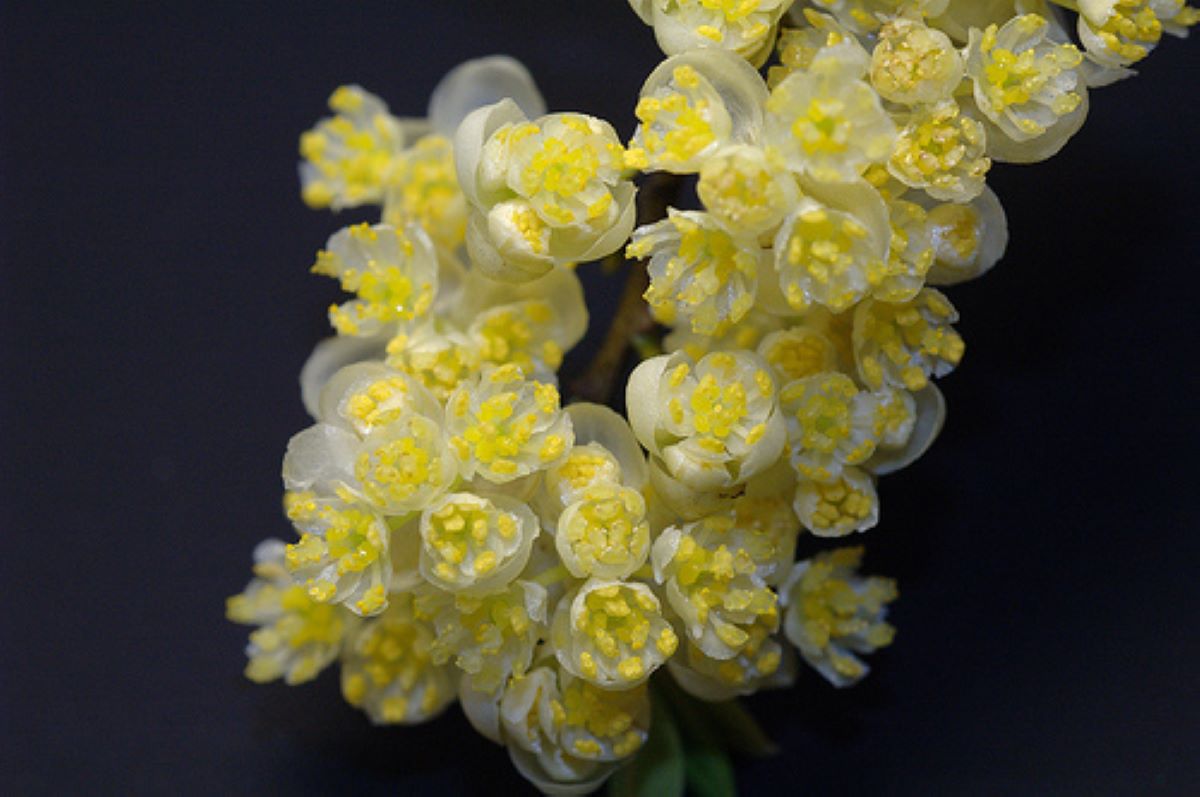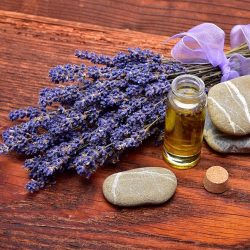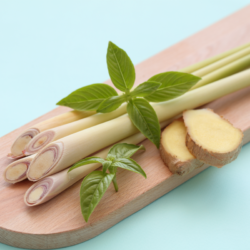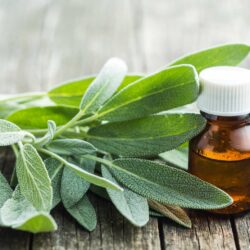The leaves of the lemon bedew are simple, lanceolate and have numerous milky-white flowers arranged in panicles, forming the design of a lucky charm. This tropical shrub has small fruits that look almost like pepper berries. That’s why it’s known as “mountain pepper”. Litsea citrata, also known as exotic verbena, is widely used in perfumes as an important element in cologne formulations. Native to Yunnan in China, it is found in tropical regions. Its fleshy fruit gives the essential oil a pleasant lemony fragrance.
A tree with simple, lanceolate, semper virens leaves and numerous creamy-white flowers arranged in panicles, litsea is considered a good-luck charm.
It is a tropical shrub with small fruits that resemble those of pepper, which is why it is nicknamed mountain pepper.
Lemon Litsée is used as a spice in Taiwan (Magao). Also known as Exotic Verbena, Lemon Linden is an evergreen shrub.
It is widely used in perfumery as an important ingredient in the formulation of Eaux de Cologne.
Native to Asia, lemon litsea is a tree found in tropical zones. Its fleshy fruits produce an essential oil with a pleasant lemony fragrance.
This tropical shrub produces small berries similar to peppercorns, which is why it is also known as the mountain pepper plant. It is these small berries that are distilled to obtain the essential oil of lemon litsea.
Evergreen, it can reach heights of 5 to 12 metres, and its white flowers are highly fragrant. Its sweet scent is an invitation to rest.
It should come as no surprise that litsea is also known as exotic verbena or tropical verbena. Tropical, that’s right, because litsea originates from Yunnan in China. This territory, crossed by the Tropic of Cancer, makes it a tropical species. It’s worth pointing out that Litchi is not Indian, as we sometimes read, and is in no way related to South American lemon verbena or the vervain plant of the Ancients.
Latin name:
- Litsea citrata or cubeba
Botanical family:
- Lauraceae
Producing organ:
- Seeds (wells)
Chemical composition of Lemon Litsée essential oil
| Components | Constituents |
|---|---|
| Aldehydes (~75%) | Citrals, citronnellal, geranial, neral |
| Esters | Geranyl acetate, linalyl acetate, neryl acetate, terpenyl acetate |
| Monoterpenes | Limonene, myrcene |
| Monoterpenols | Alpha terpineol, citronnellol, geraniol, linalool, nerol |
| Other biochemical constituents | Sesquiterpenes, ketones |
Lemon Litsée essential oil is mainly composed of citral, a terpenoid which makes up 70-85% of the oil. Citral is renowned for its lively, refreshing aroma, reminiscent of lemon, which makes this oil particularly popular in aromatic and therapeutic products. In addition to citral, the oil also contains limonene and linalool, compounds which add to the complexity of its olfactory profile and enhance its antimicrobial and anti-inflammatory properties.
These active substances make Lemon Litsée oil an effective choice not only for aromatherapy applications, but also in cosmetic formulations, where it is appreciated for its beneficial effects on the skin and hair. What’s more, the presence of geranial and neral, two isomers of citral, contributes to the oil’s effectiveness in treating inflammation and pain.
Essential oil extraction process
Methods used to extract the essential oil
Lemon Lind en essential oil is extracted mainly by steam distillation, a technique that captures the purest essence of the plant while preserving its delicate chemical components. In this process, the fruits of Lemon Linden are placed in a distillation chamber where they are exposed to steam. The heat causes the plant cells to burst, releasing the essential oil, which is then collected by condensation.
Another less common but sometimes used method is solvent extraction, where a chemical solvent is used to extract the essential oils. This method is generally reserved for obtaining absolutes, highly concentrated extracts used mainly in the perfume and cosmetics industries. However, steam distillation remains the method of choice for Lemon Litsée due to its efficiency and ability to maintain the integrity of sensitive aromatic compounds.
Factors influencing oil quality
A number of factors can affect the quality of Lemon Litsée essential oil, making it crucial to manage them throughout the production process. The first of these factors is the quality of the raw materials. The fruit used for extraction must be harvested at optimum ripeness and processed quickly to avoid degradation of the valuable compounds.
The extraction method also plays a crucial role. Steam distillation must be carried out under controlled conditions, where temperature and pressure are rigorously monitored to ensure that the essential oil is not altered by excessive heat, which could lead to the decomposition of volatile compounds and thus reduce the quality of the oil.
In addition, the storage conditions of the essential oil are essential to preserve its qualities. The oil must be kept in hermetically sealed containers away from light and heat to prevent oxidation and degradation of the components.
Finally, the environment in which the plants are grown can also influence the quality of the oil. Sustainable farming practices and the reduced use of pesticides and chemical fertilisers contribute not only to the health of the plant but also to the purity of the oil extracted.
What are the pharmacological properties of Lemon Linden essential oil?
Anti-inflammatory properties:
Lemon litsea essential oil is anti-inflammatory by inhibiting gamma interferon and IL-4 production. It also has bronchial anti-inflammatory properties, and can be used in asthma by inhibiting cytokines and the production of reactive oxygen species, by inactivating the migration of eosinophils.
Antibacterial properties:
Antibacterial againstEscherichia coli, litsea is also anti-infectious against anaerobic germs. Its antimicrobial and antibiofilm activity against Staphylococcus aureus make the citrals it contains no less effective antivirals against herpes viruses I and II, influenza A H9N2 and the yellow fever virus.
Active against Helicobacter pylori, it is also antifungal against Candida albicans.
Anti-cancer properties:
The anti-cancer properties of litsea are due in particular to citral (lung, liver, oral cavity). This essential oil also induces apoptosis in lung cancer, even when inhaled dry.
A skin cancer preventive, it notably reduces chemo-induction of hepatocellular carcinoma (inhibition of FPTase activity and inhibition of P21ras expression). The D-limonene it contains has such anti-cancer properties that it has been described as an emerging antineoplastic agent. Limonene is thought to induce apoptosis via mitochondrial death and the suppression of cell mediators.
Its potential action in the chemoprevention and chemotherapy of cancers makes it a carcinogen detoxifying oil by inducing phase I and phase II enzymes. Among other things, it inhibits tumour promotion and progression by acting on p21ras proteins through tissue redifferentiation activity.
Other properties:
- Calming, sedative, anxiolytic, antidepressant
- Repels Aedes, Anopheles and Culex mosquitoes
- Cortison-like
- Antiseptic
- Anti-allergic
- Gastroprotective
- Hepatoprotective
How to use Lemon Litsée essential oil?
Arthritis, osteoarthritis and rheumatism: anti-inflammatory properties
Lemon Litsée essential oil is highly recommended for its anti-inflammatory properties, making it effective against pain associated with arthritis, osteoarthritis and rheumatism. For safe application, it is advisable to dilute 1 drop of Exotic Verbena in 9 drops of vegetable oil and apply this mixture directly to the inflamed area, twice a day, until there is a noticeable improvement in symptoms. This treatment is suitable for people over the age of 6.
In comparison,Lemon Eucalyptus essential oil is also recognised for its effectiveness in these cases, but requires a slightly different concentration for optimum effectiveness: 1 drop in 4 drops of vegetable oil, applied 3 to 4 times a day.
Depression and low mood: calming uses
For mood disorders such as depression and low spirits, Lemon Lits essential oil is highly beneficial thanks to its calming effects. It is recommended that 1 drop of this oil on a neutral base be left to melt in the mouth, twice a day for a period of 5 to 7 days for people over the age of 6.
Alternatively,Neroli essential oil can be used for its enhanced sedative properties, applied by the skin (1 drop in 4 drops of vegetable oil) to the wrists and chest, twice a day, with a one-week break after three weeks of continuous use.
Anxiety: Targeted approach for rapid relief
For anxiety, Lemon Litsée oil can also be used by melting 1 drop on a neutral base in the mouth, repeated twice a day for 5 to 7 days. For faster action in crisis situations, Roman Chamomile essential oil is preferable, as it can be administered undiluted under the tongue as soon as symptoms appear.
For a more powerful synergy during an anxiety attack, a combination of 20 drops of Complete Ylang Ylang essential oil, 60 drops of Roman Chamomile, 20 drops of Sweet Orange, 10 drops of Exotic Verbena and 100 drops of Argan vegetable oil can be applied to the wrists and solar plexus.
Sleep disorders and insomnia : Optimising sleep
For sleep disorders, dilute 1 drop of Lemon Litsée in 9 drops of vegetable oil and apply to the solar plexus and wrists before bedtime for its calming properties. However, Roman Chamomile essential oil is often more effective at inducing sleep, especially in young children, and can be used as a vapour or applied to the skin.
These recommendations for using essential oils highlight the versatility of Exotic Verbena, while suggesting specific alternatives to optimise its effectiveness depending on the symptoms presented.
Does Lemon Litsée essential oil require any precautions for use?
- Caution in cases of per os renal insufficiency (nephrotoxic)
- Avoid using in combination with cortisone, as there is a risk of drug interaction
- Do not use over a prolonged period, as there is a risk of resting the pituitary-adrenal axis and suffering acute adrenal insufficiency if you stop taking the essential oil
- Avoid applying the essential oil in the evening (or before any period of rest)
- Not recommended for people suffering from osteoporosis, due to the inherent risk of decalcification
- Contraindicated for pregnant women ( limonene induces uterine contractions), breast-feeding women and children under 7 years of age
- Enzyme inhibition, risk of drug interactions, ask your pharmacist for advice
- Not for use on animals
- Do not inhale damp or diffuse into the air
- Caution in cases of prostatic hyperplasia
- Skin irritation (dermocaustic) possible in pure form, dilution required
Medical literature and clinical trials:
- Wang H, Liu Y. Chemical composition and antibacterial activity of essential oils from different parts of Litsea cubeba. Chem Biodivers. 2010
- Li W-R, Shi Q-S, Liang Q, Xie X-B, Huang X-M, Chen Y-B. Antibacterial Activity and Kinetics of Litsea cubeba Oil on Escherichia coli. Hong Y, ed. PLoS ONE. 2014
- Gogoi P, Baruah P, Nath S.C. Antifungal activity of the essential oil car of Litsea cubeba Pers. Journal of essential oil research : JEOR 1997
- Chi-Jung Chen, Yen-Hsueh Tseng, Fang-Hua Chu, Tin-Ya Wen, Wei-Wen Cheng, Yu-Ting Chen, Nai-Wen Tsao, Sheng-Yang Wang. Neuropharmacological activities of fruit essential oil from Litsea cubeba Persoon. Journal of Wood Science, 2012
- Ho CL, Jie-Pinge O, Liu YC, Hung CP, Tsai MC, Liao PC, Wang EI, Chen YL, Su YC. Compositions and in vitro anticancer activities of the leaf and fruit oils of Litsea cubeba from Taiwan. Nat Prod Commun. 2010
- Seal S, Chatterjee P, Bhattacharya S, Pal D, Dasgupta S, Kundu R, Mukherjee S, Bhattacharya S, Bhuyan M, Bhattacharyya PR, Baishya G, Barua car NC, Baruah PK, Rao PG, Bhattacharya S. Vapor of volatile oils





